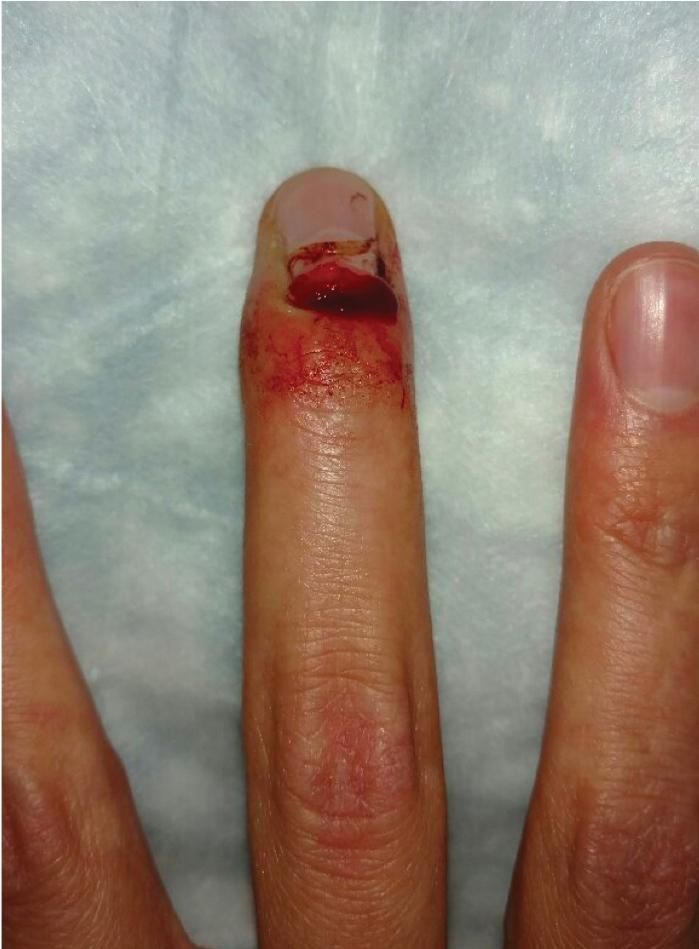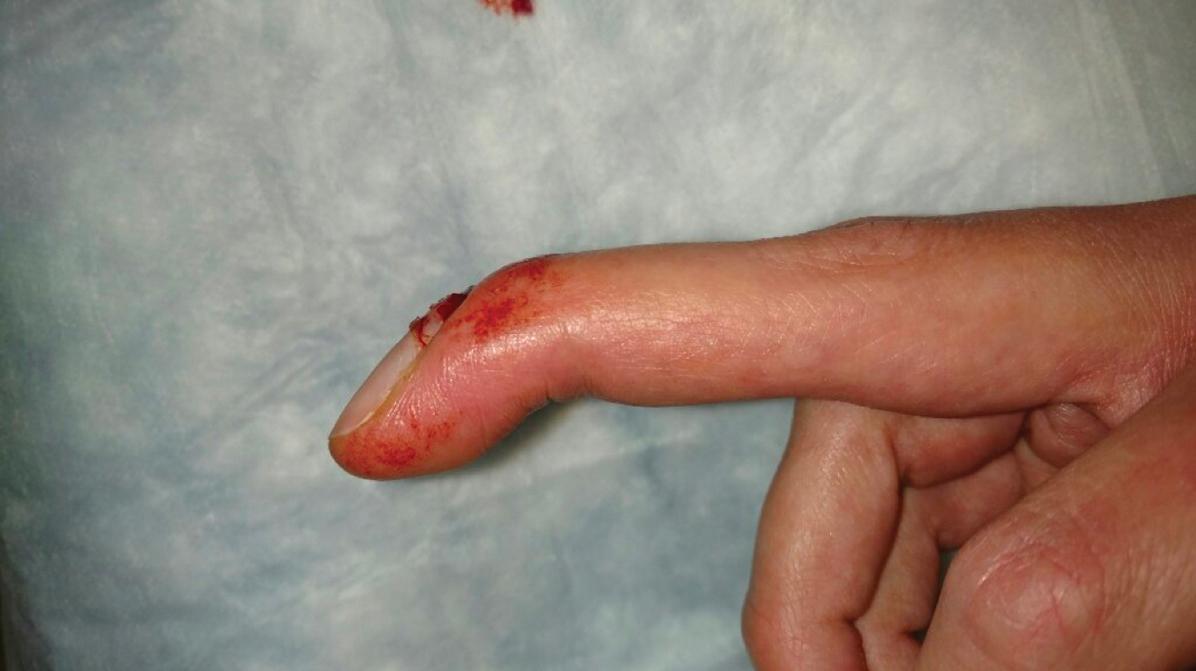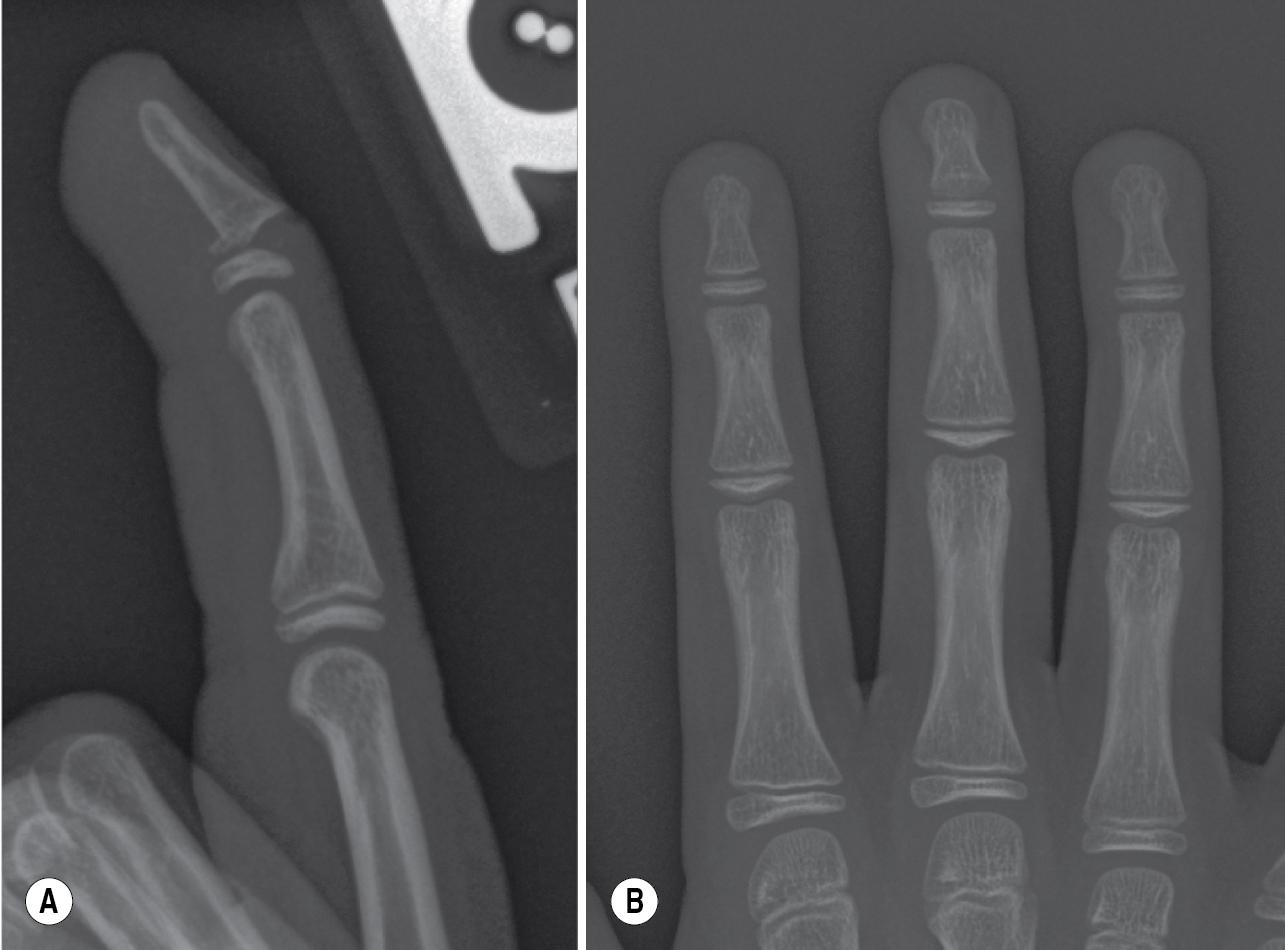Physical Address
304 North Cardinal St.
Dorchester Center, MA 02124
Seymour fracture is defined as a displaced physeal fracture of the distal phalanx with an associated nail bed injury. This pediatric fracture pattern is typically caused by a crush injury and can be classified as a Salter-Harris I or II fracture.
The Seymour fracture is considered to be an open fracture because a nail bed laceration is present. Therefore early administration of antibiotics, irrigation/debridement, nail bed repair, and fracture reduction are indicated to decrease the risk for infectious complications.
Because soft tissue such as the germinal matrix may be trapped within the physeal fracture site, closed reduction is contraindicated because this approach impairs recognition and removal of interposed tissue.
A Seymour fracture should be suspected for distal phalangeal fractures with the following clinical presentations: (1) subungual hematoma or blood oozing from underneath the nail plate, (2) laceration over or proximal to the eponychial fold ( Fig. 8.1 ), (3) a nail plate that is superficial to the eponychium, and (4) nail plate avulsion.

The flexor digitorum profundus tendon inserts into the metaphysis (distal to the Seymour fracture), which is distal to the extensor tendon’s insertion on the epiphysis of the distal phalanx (proximal to the Seymour fracture). This creates an imbalance between the flexor and the extensor tendons at the level of the fracture, resulting in a flexed distal phalanx ( Fig. 8.2 ).

Although Seymour fracture may appear similar to a pediatric mallet finger, the injury patterns are distinct. Pediatric mallet finger is an avulsion fracture that enters the distal interphalangeal (DIP) joint, whereas the insertion of the extensor tendon remains intact in a Seymour fracture and the fracture line does not enter the DIP joint.
Finger radiographs, including posteroanterior (PA) and lateral view, are recommended.
The lateral view is more reliable in identifying the displacement between the epiphysis and metaphysis and is necessary to confirm the diagnosis of Seymour fracture ( Fig. 8.3 ).

Seymour fracture lines are present along the physis or travel away from the joint surface.
The flexor digitorum profundus tendon inserts into the metaphysis, which is relatively distal to the extensor tendon’s insertion on the epiphysis of the distal phalanx.
Become a Clinical Tree membership for Full access and enjoy Unlimited articles
If you are a member. Log in here